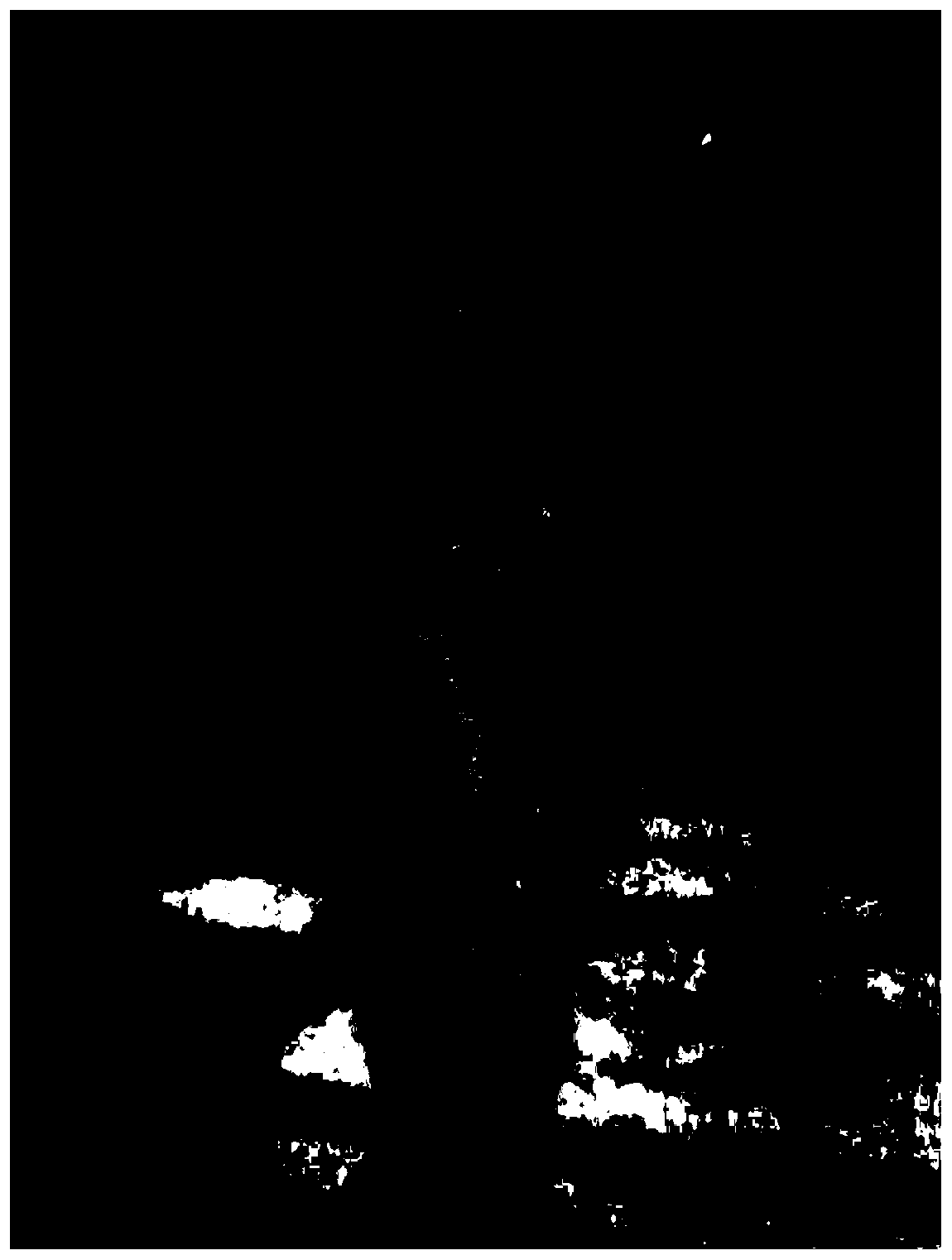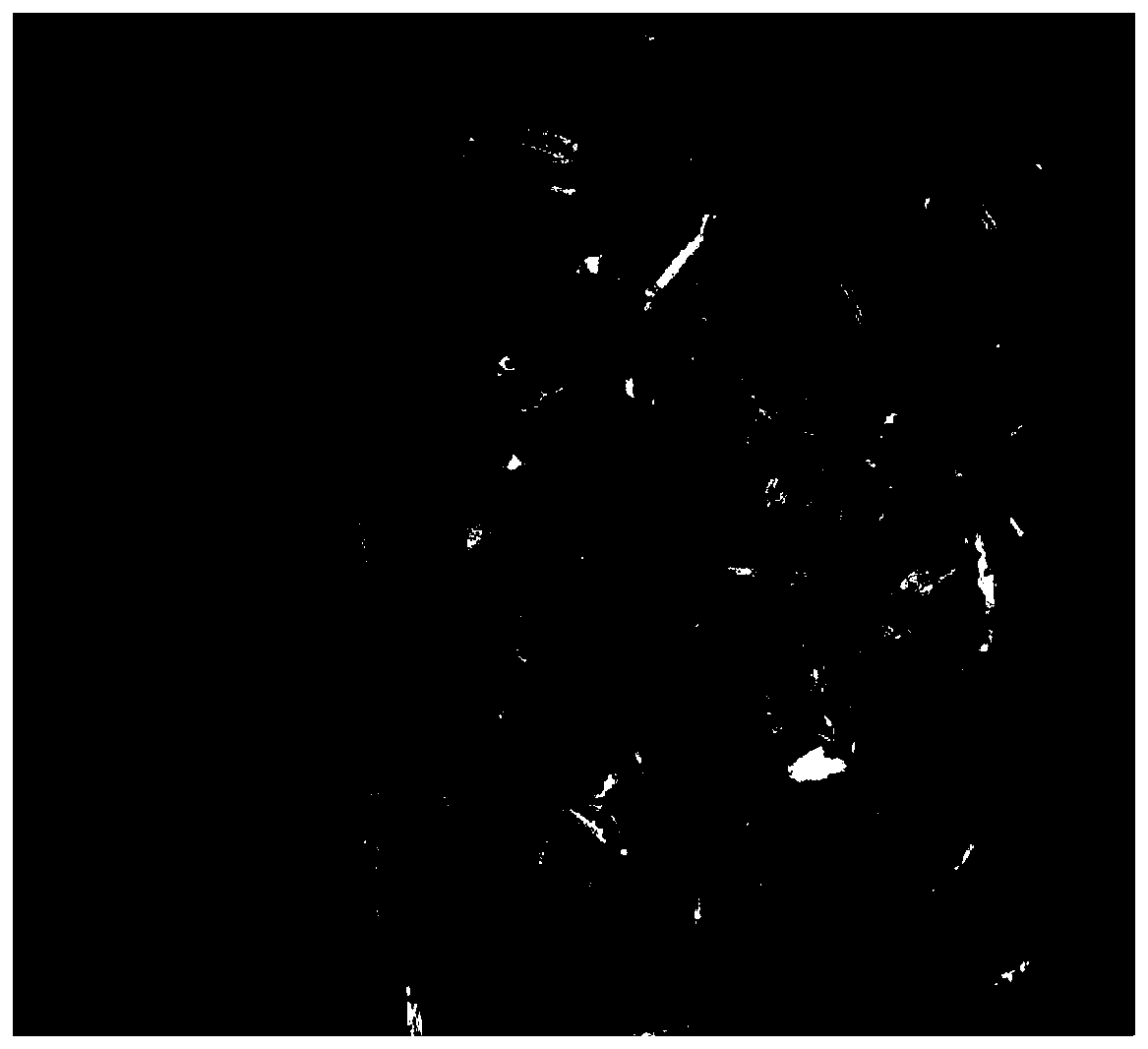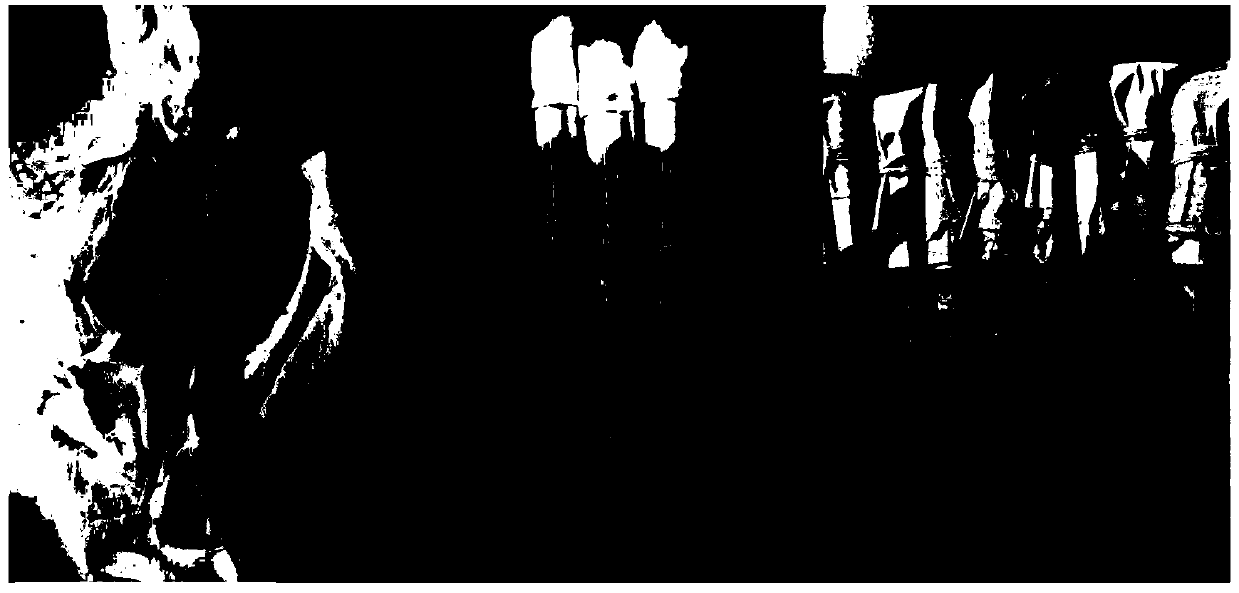Method for separating bark rot pathogenic bacteria from lignum aquilarae by using host substrate
A technology of pathogenic bacteria and agarwood tree, applied in the direction of microorganism-based methods, isolation of microorganisms, biochemical equipment and methods, etc., can solve the problems of loss of activity of pathogenic bacteria, isolation of difficult pathogenic bacteria, etc.
- Summary
- Abstract
- Description
- Claims
- Application Information
AI Technical Summary
Problems solved by technology
Method used
Image
Examples
Embodiment 1
[0039] A method for isolating the pathogenic bacteria of agarwood bark rot by using a host matrix, comprising the following steps:
[0040] (1) Collection of disease samples
[0041] Collect agarwood tree disease samples from the place where the agarwood tree is planted, and set aside;
[0042] (2) Pretreatment of Agarwood host substrate
[0043] Take 1 kg of dry, mildew-free branches of agarwood tree, cut into 1-2 cm long, soak in water for 12 hours, filter the water with gauze, and wring out the hands for later use;
[0044] (3) Dispensing test tubes
[0045] Put the drained cut branches into a test tube, the amount of material is 2 to 3 cm lower than the test tube mouth, and finally flatten the material surface; clean the inner wall of the test tube mouth and the outer wall of the test tube, plug the test tube mouth with cotton, and then seal it with newspaper; Put the test tube with culture material in a high-pressure steam sterilizer at 121°C and sterilize at a pressur...
PUM
 Login to View More
Login to View More Abstract
Description
Claims
Application Information
 Login to View More
Login to View More - R&D
- Intellectual Property
- Life Sciences
- Materials
- Tech Scout
- Unparalleled Data Quality
- Higher Quality Content
- 60% Fewer Hallucinations
Browse by: Latest US Patents, China's latest patents, Technical Efficacy Thesaurus, Application Domain, Technology Topic, Popular Technical Reports.
© 2025 PatSnap. All rights reserved.Legal|Privacy policy|Modern Slavery Act Transparency Statement|Sitemap|About US| Contact US: help@patsnap.com



